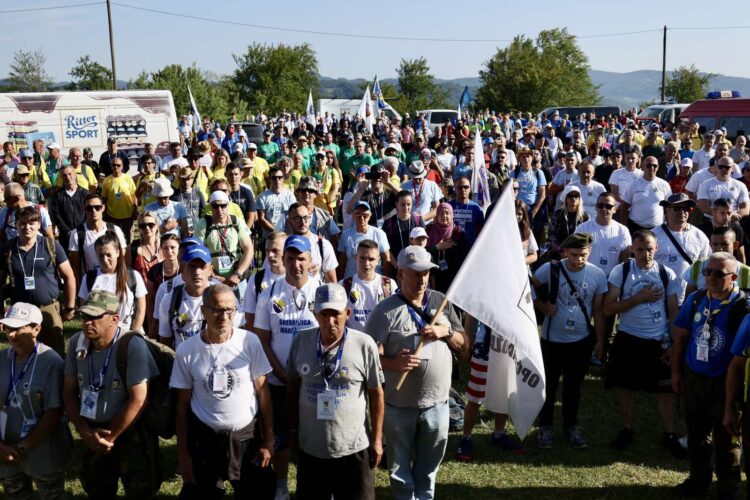
Over 3,000 people began the march from Nezuk to Potocari, and in the next three days, they will follow the route by which the people of Srebrenica tried to reach the free territory - Tuzla or Kladanj in the summer of 1995. They should arrive in Potocari on July 10, and a day later attend a collective funeral in the cemetery of the Srebrenica Memorial Center – Potocari will be held, where the remains of another 30 victims of the genocide will be buried this year. Pročitaj više
The “Peace March” which is being organized for the 19th time this year as part of the commemoration of the 28th anniversary of the genocide against Bosniaks in the “United Nations Safe Zone” Srebrenica, represents a kind of trauma treatment for the survival of the people of Srebrenica, but also an obligation to share their experiences and stories and pass them on to younger generations.
The march aims to build, improve and nurture the culture of remembrance of the genocide against the Bosniaks and to prevent the denial and relativization of the crime of genocide.
It lasts for three days and the participants walk on a path about a hundred kilometres long from Nezuk to Potocari. On this path in the opposite direction, from Potocar to Nezuk, in July 1995, Bosniaks escaped and broke through during the occupation and takeover of the “United Nations Safe Zone” of Srebrenica by Serb military and police formations.
March participants will walk some 30 kilometers a day and in certain places the path is extremely strenuous, inaccessible and requires solid physical fitness.
After arriving in Potocari, the participants of the “Peace March” have the opportunity to attend the commemoration, funeral and burial of the identified victims of genocide, found in some of the mass graves in the localities they themselves passed by during the hike, on July 11.
So far, 6,721 victims of the genocide committed against Bosniaks in 1995 have been buried in the cemetery of the Srebrenica Memorial Center – Potocari, while another 237 victims have been buried in other locations, in accordance with the wishes of their families. The search for some thousand killed is still ongoing.
The remains were exhumed from mass graves in the past years but identification took years because of their condition, the Bosnia and Herzegovina Institute for Missing Persons (INO) recently reported.
The youngest victim to be buried next week was 15 when he was killed. Two other victims, also boys, were 16 and 17.
INO-operated morgues contain the remains of at least 69 persons identified as Srebrenica genocide victims whose families have not consented to a burial, mainly because the remains are incomplete.
During the genocide in and around Srebrenica in July 1995, members of the Army of the Republika Srpska (VRS), under the command of the then President of the RS, Radovan Karadzic, and the commander-in-chief of the VRS, Ratko Mladic, killed over 8,000 Bosniak men and boys.
The crime in Srebrenica, the largest on European soil after the Second World War, was characterized as genocide before domestic and international courts.
Radovan Karadzic was sentenced before the Mechanism for International Criminal Courts (IMC), the successor of the International Criminal Tribunal for the former Yugoslavia (ICTY) in The Hague, to life imprisonment for genocide, crimes against humanity and violation of the laws and customs of war during the war in Bosnia.
Ratko Mladic was also found guilty of genocide and sentenced to life imprisonment before the same court in The Hague.
At least 47 people were sentenced to more than 700 years in prison for crimes committed in the Srebrenica area.
When the war broke out in Bosnia and Herzegovina in 1992, an estimated, 27,000 Bosniaks lived in Srebrenica. In 2013, about 7,000 Bosniaks were registered as residents in the town.

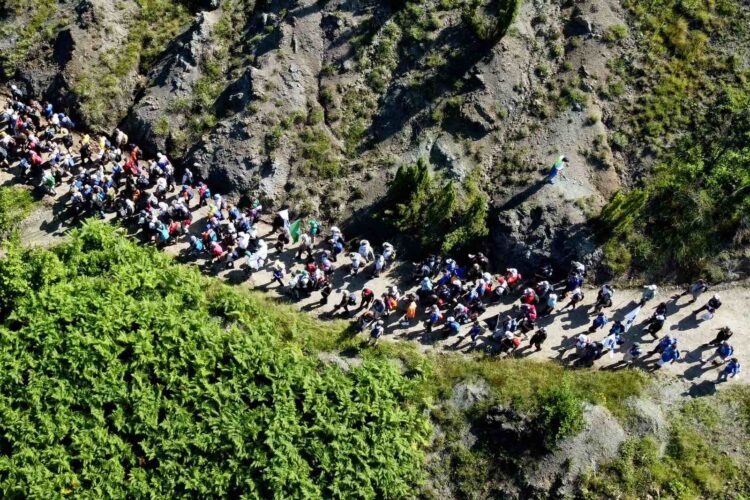
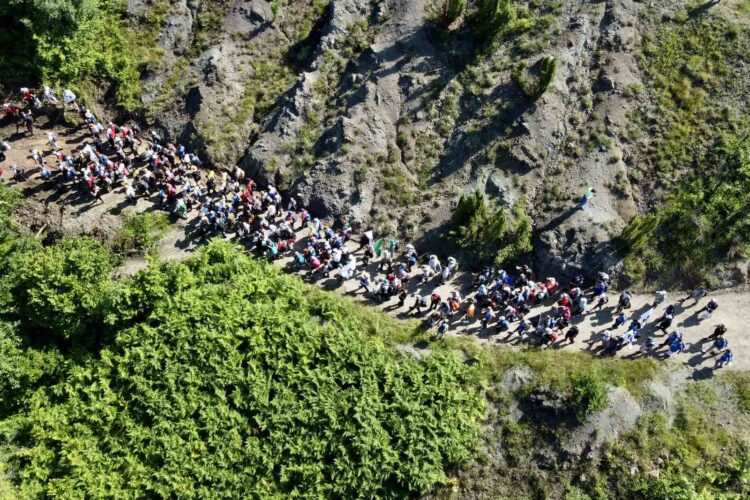
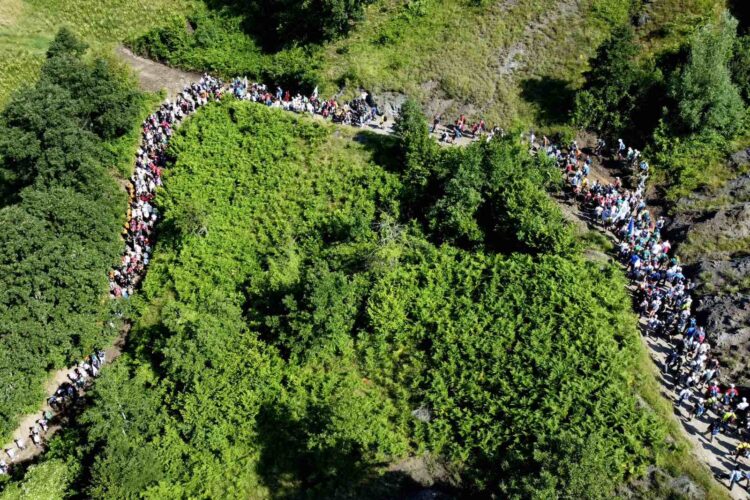
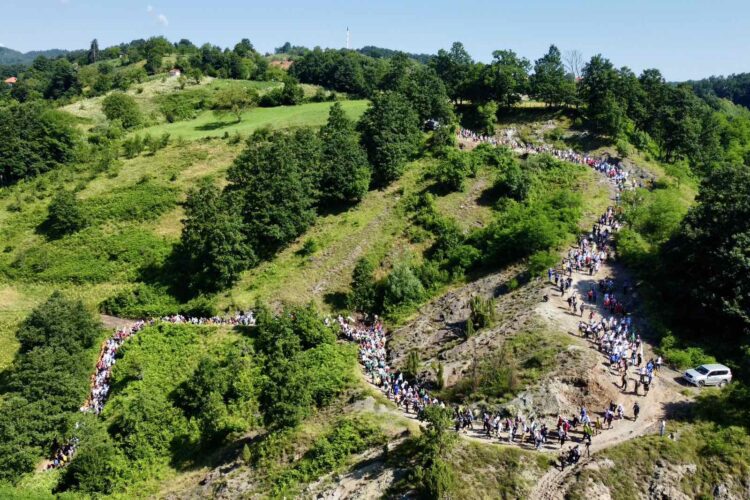
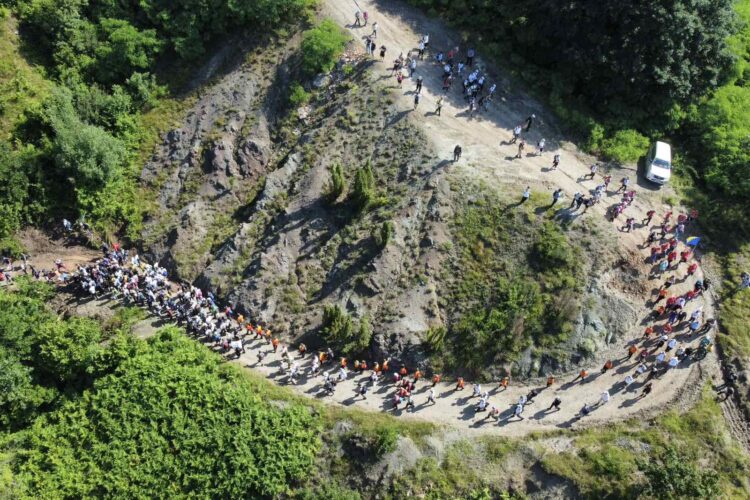
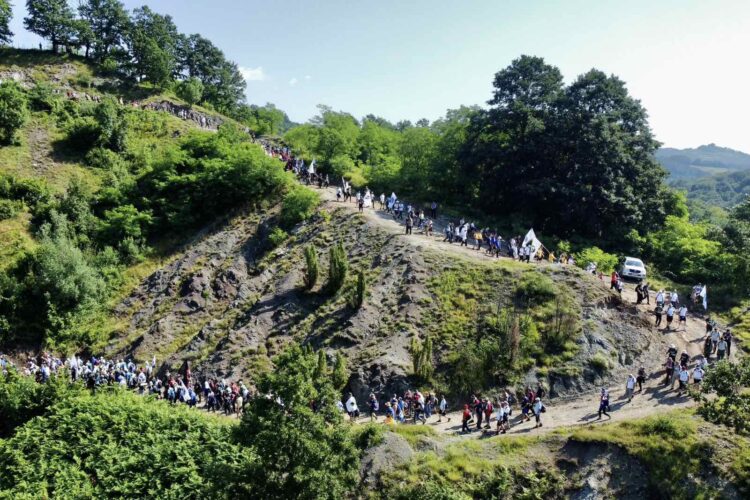
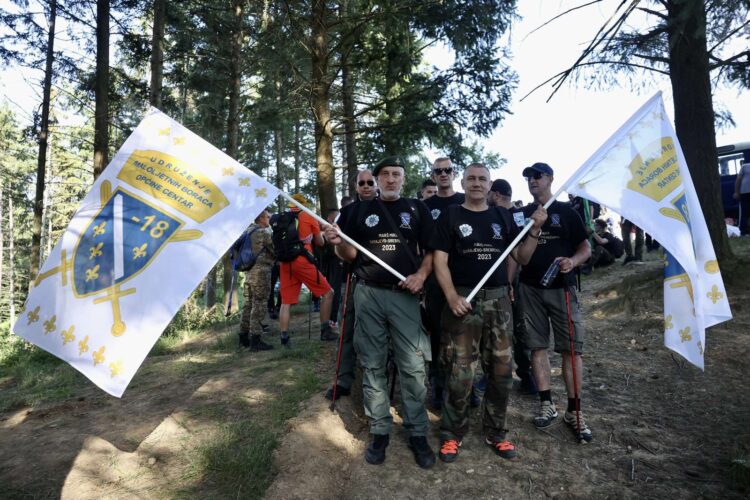
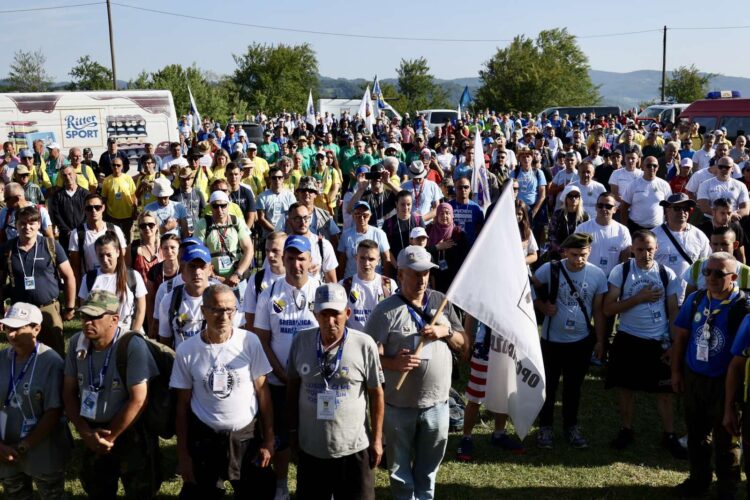
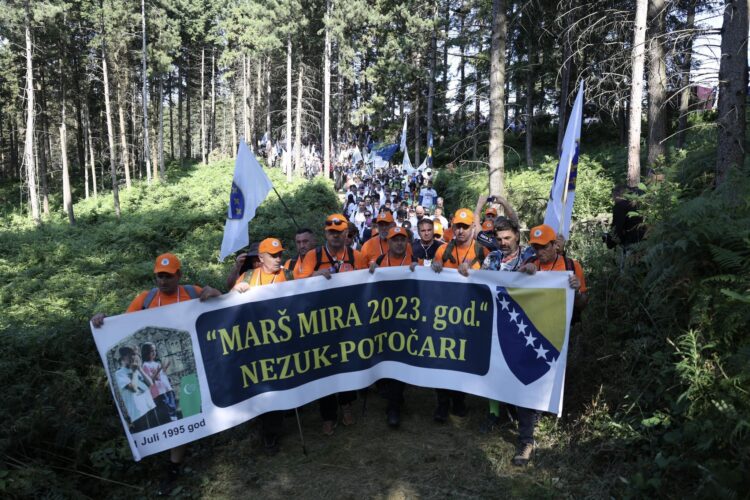
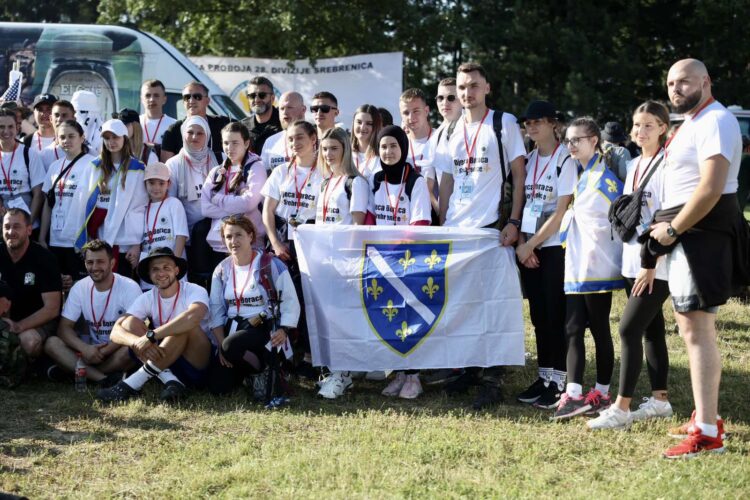
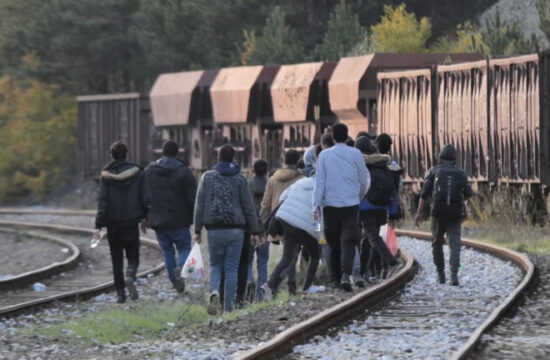
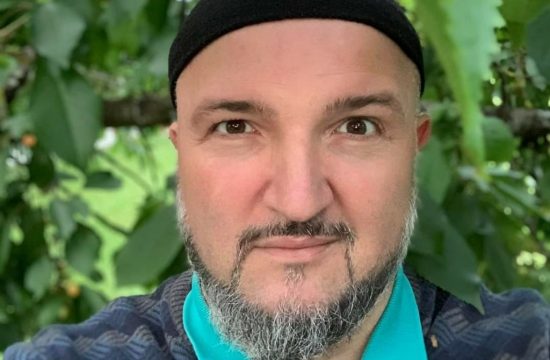

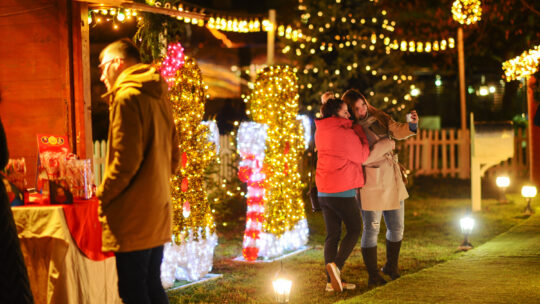
Kakvo je tvoje mišljenje o ovome?
Budi prvi koji će ostaviti komentar!